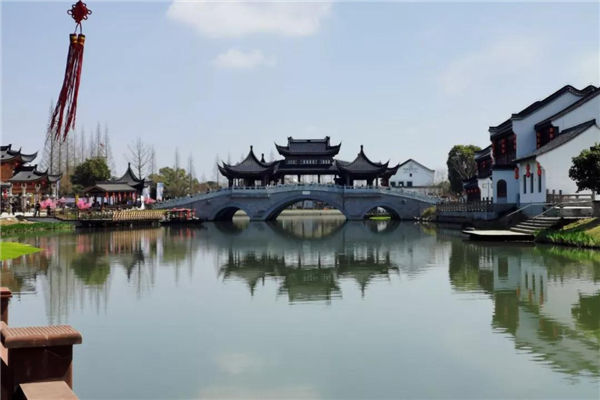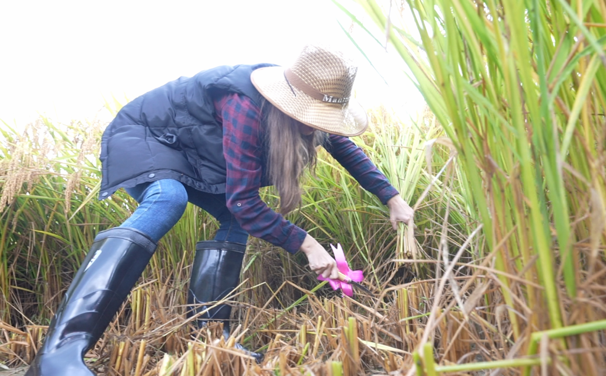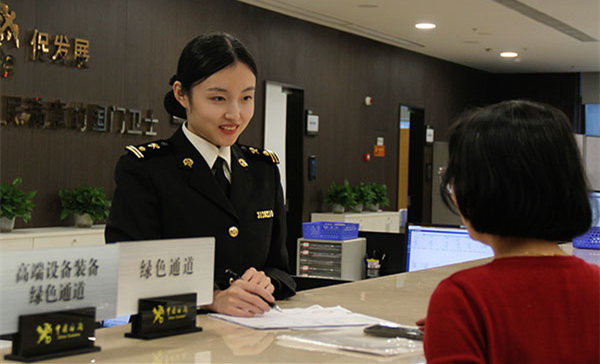Ningbo Zoushu
The art of Ningbo Zoushu, which literally means "story-telling-on-tour", originated in Yuyao county, Zhejiang province, during Guangxu period of the Qing Dynasty (1875-1908).
At first, Zoushu was just some songs sung by farmers to entertain themselves as they worked in the fields. However, soon those ditties were developed into storylines which were performed at special events in open courtyards and village halls. Later on, groups began touring the countryside, singing to earn money where it gradually spread to Ningbo, Zhanhai, and Zhoushan.
The four-stringed Huqin is the main musical accompaniment to Ningbo Zoushu, with the performances usually integrating talking, singing and dancing.
The three classical melodies of Ningbo Zoushu (story-telling) are Siping, Matou and Fu. Siping is usually employed at the beginning of a story with the accompaniment of a band. Fu has different rhythms for different plots and characters, and Matou is said to have been introduced from the Mongolian folk music.
Some of the most popular traditional Ningbo Zoushu shows are: White Crane Map, Goldenseal, Ten Beauties Map, Emerald Interlink, Hu Bisong, He Wenxiu, Sanmen Street, Bright Red Gown, Green Gown, Pearl Tower, Kylin Leopard, Emerald Lion, Goldfish Bowl and Green Peony.

 China makes outstanding contributions to global energy transition
China makes outstanding contributions to global energy transition  Ningbo village inspires Malawi official
Ningbo village inspires Malawi official  A look at China's economic data in the first three quarters of 2024
A look at China's economic data in the first three quarters of 2024 


